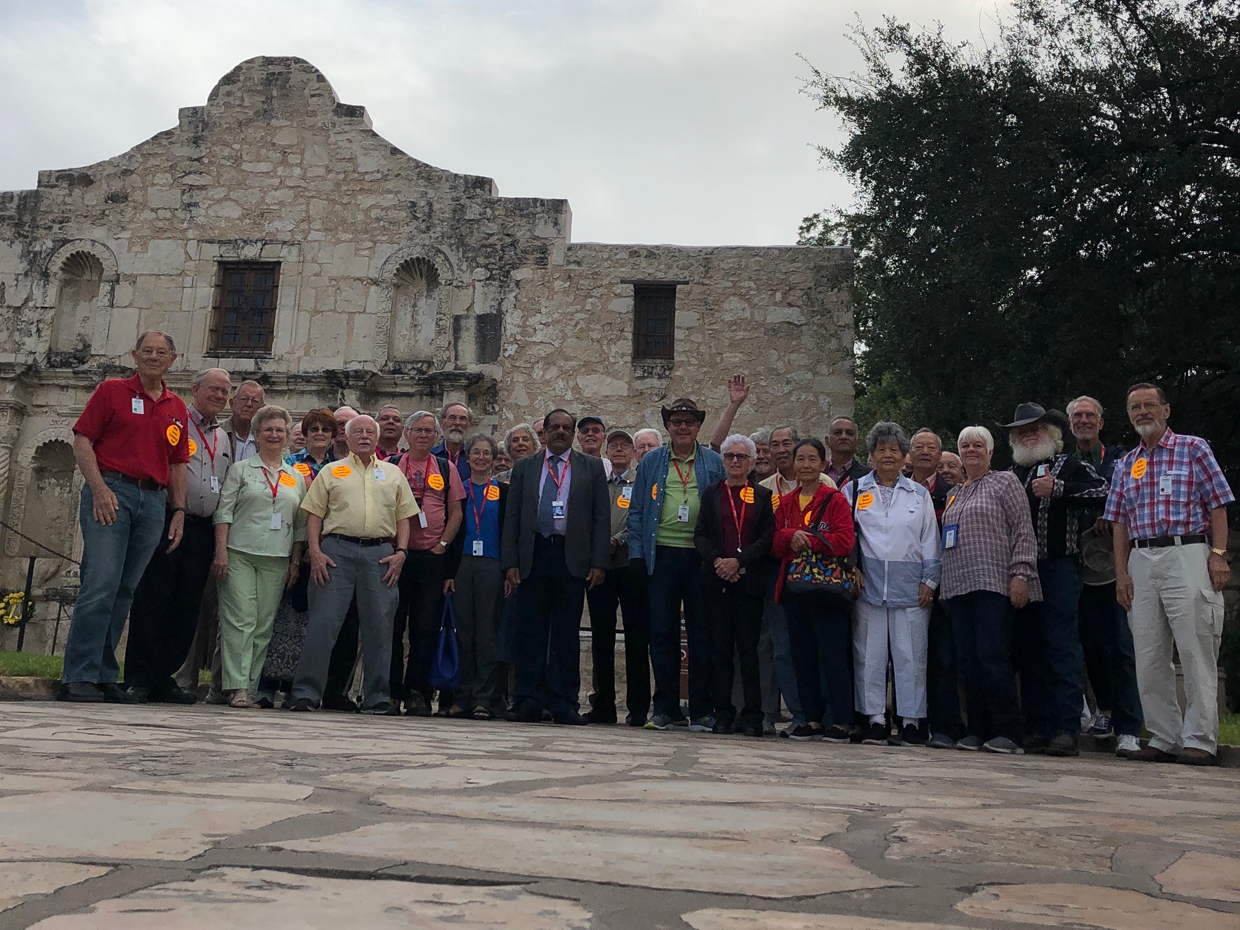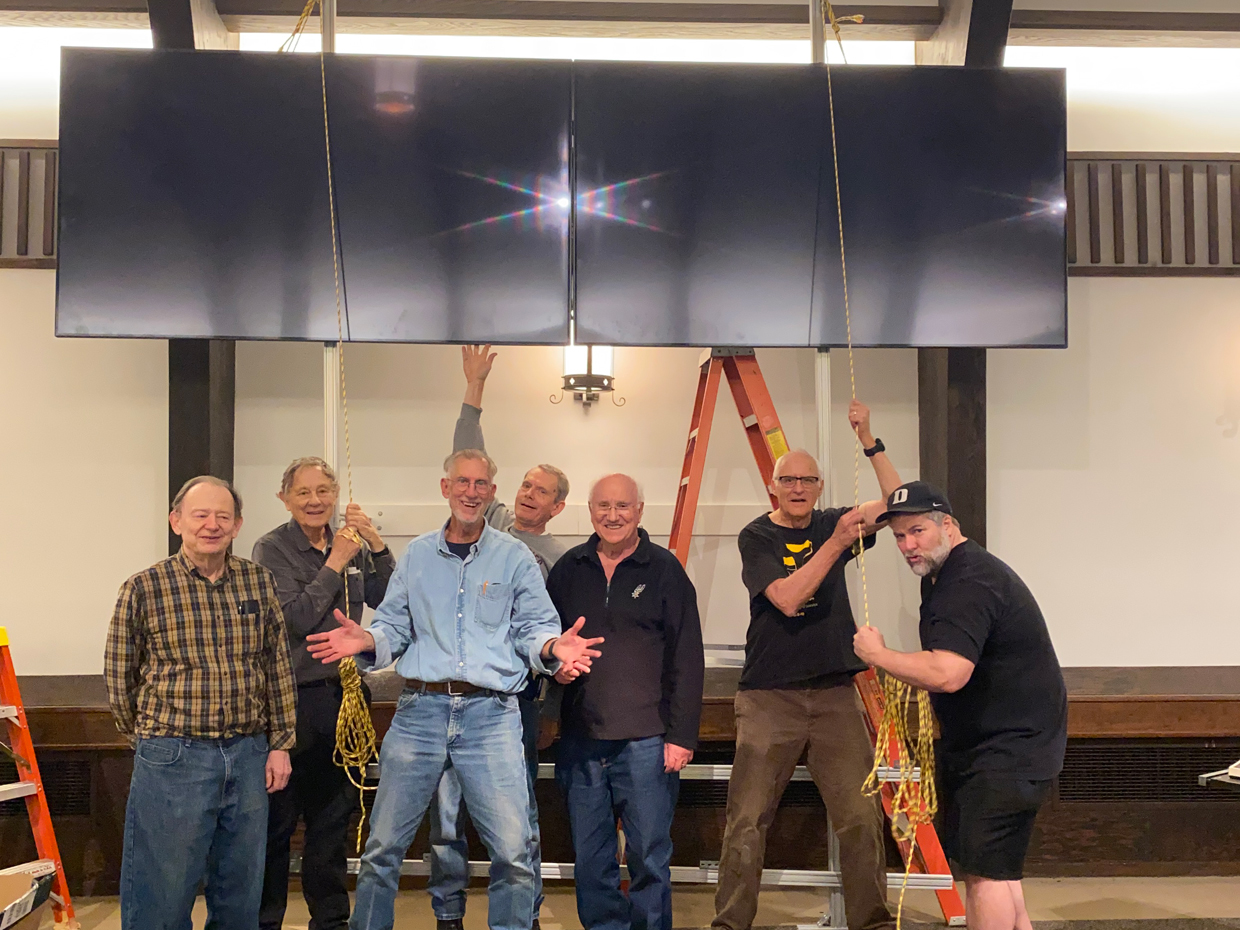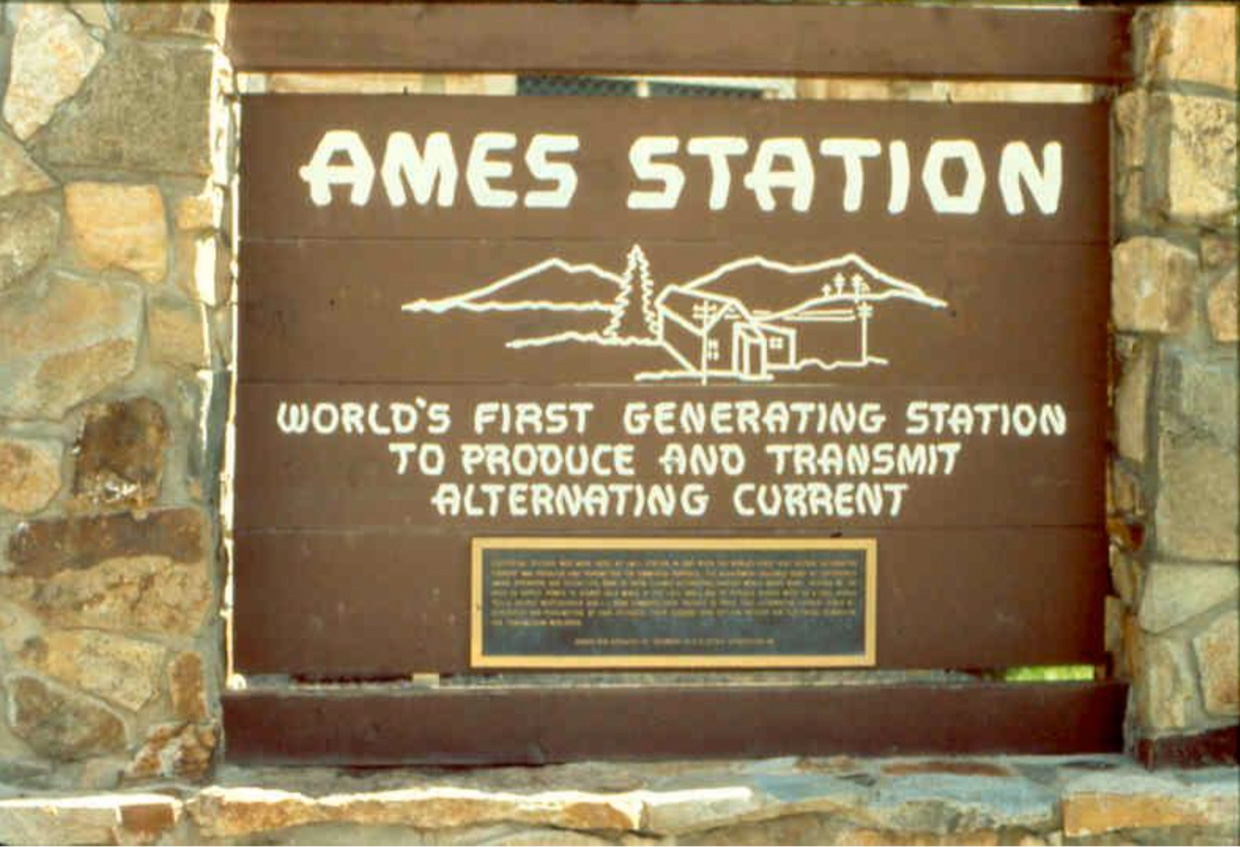In August 1980, Dr. Robert Friedel arrived at the United Engineering Center in New York City, where IEEE was headquartered. He had been hired to direct a new “Center for the History Electrical Engineering” (later shortened to the IEEE History Center), which was to be the staff arm of the IEEE History Committee in its mission to preserve, research, and promote the history of IEEE; its members; their professions and industries; and related technologies.
The IEEE History Committee had existed since the 1963 merger that formed IEEE out of the American Institute of Electrical Engineers (AIEE) and Institute of Radio Engineers (IRE). It and the IEEE Life Members Committee (LMC), which was originally called the IEEE Life Member Fund Committee, were two of the first “standing committees” (as they were then called) to report to the IEEE Board of Directors. The LMC [shorthand for both the IEEE Life Member Fund (LMF) Committee and the IEEE LMC, as it would later be called] and the LMF actually predated the merger with the AIEE. The LMC had always expressed an interest in preserving history on behalf of Life Members (LMs), and the existence of two prominent committees at the same organizational level prompted collaboration. In 1967, Harden Pratt became chair of the History Committee and a member of the LMC and proposed that the LMF be used to fund history projects. His idea was enthusiastically accepted. The first grant was in 1969 to fund storage and display cases for archival materials at IEEE headquarters, which would become the ancestor of the IEEE Archives.
Dr. Bernard S. “Barney” Finn, a key long-term consultant and member of the History Committee, was the curator of Electricity at the Smithsonian Institution. He convinced the LMC, beginning in 1973, to fund a summer intern at the Smithsonian to produce an inventory of electrical collections in libraries and museums around the world. In 1974, the LMC supported the History Committee in undertaking some oral history interviews to preserve the memories of prominent LMs. These tapes were not transcribed at the time but later became the core of the important IEEE Oral History Collection. In 1978, the LMC established a graduate fellowship in the history of IEEE fields of interest. Over the years, the winners of the prestigious fellowship have gone on to become leaders in the global history of technology community.
The creation of a professionally staffed History Center enabled the LMC to carry its support of history to a new level. The summer intern was transferred to the History Center and brought out further guides on historical collections in IEEE fields of interest. The IEEE Archives were formally established in the run-up to the IEEE Centennial in 1984. In that centennial year, IEEE established its Milestones Program, overseen by the History Committee and managed by the History Center. The LMC agreed at certain key points to support less-affluent IEEE Sections with funding, which helped the program grow to over 200 Milestones today. Oral histories were taken up again in a serious way.
In 1985, IEEE launched a “Friends” committee to raise additional philanthropic funds for the History Center, but this did not stop the continued partnership with the LMC. When the Friends decided to establish an endowment fund for the History Center, the LMC helped to seed it with a generous gift. In 1987, a history paper prize was established for the History of Technology, funded by the LMC and managed by the History Center. (It has since grown to be the prestigious Bernard S. Finn IEEE Prize.) It should also be noted that many LMs gave—and continue to give—to the LMF and the History Fund, which are both housed in the IEEE Foundation. At the same time, the existence of the new History Fund freed up resources for the LMC to fund more special history projects from other entities. These applications were vetted for the LMC by the History Committee, and the projects were overseen by the History Center.
The LMC also continued to support special projects by the History Center, especially in the area of oral history. In 1995, a grant from the LMC enabled the transcription of the earlier “legacy” oral histories so that they could be added to the growing collection (now over 800 interviews strong). Grants in the 2000s led to the publication of a book, Dawn of the Electronic Age, by History Center Senior Historian Frederik Nebeker. The History Center held a series of conferences, some of which were sponsored by the LMC, most notably the 2009 IEEE Conference on the History of Technical Societies held in Philadelphia on the 125th anniversary of the founding of IEEE.
Perhaps the largest History Center project underwritten by the LMC was the IEEE Virtual Museum. In 1999, IEEE and the IEEE Foundation agreed that the History Center needed an external facing site for the general public, separate from its pages on IEEE.org. The LMC joined the other two entities to make this a reality, and the successful IEEE Virtual Museum eventually evolved into the History Center’s flagship site, the Engineering and Technology History Wiki. Most of the material found in this article (the history of the LMC, IEEE Milestones, oral histories, publications, and first-hand histories by LMs and others) can be found on the site at www.ethw.org.
As the History Center closes out four decades of preserving and making known the heritage of IEEE members, it looks forward to a future of continued collaboration with the LMC.
IEEE History Center staff with IEEE President José M. F. Moura at the dedication of the “Standardization of the Ohm” IEEE Milestone in Glasgow, Scotland, U.K., on 17 September 2019. From left: Alexander Magoun, Kelly McKenna, Nathan Brewer, Robert Colburn, Mary Ann Hellrigel, President Moura, and Michael Geselowitz.






